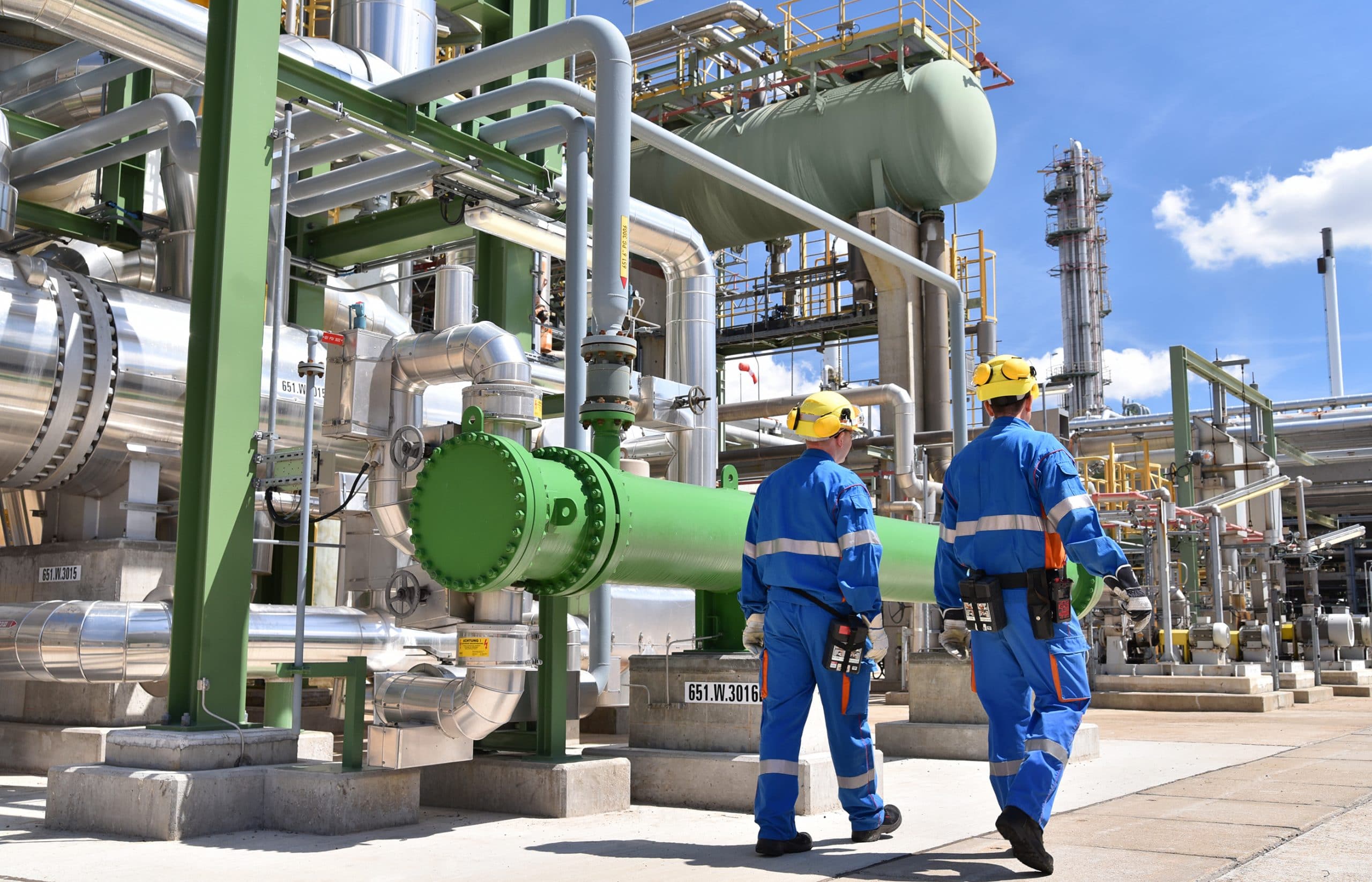Who Lung Cancer Affects
Lung cancer affects a wide range of industries due to the amount of asbestos, radon, and other natural and manmade chemical pollutants at workplaces.


Who Does Lung Cancer Affect?
Each year, over 200,000 new people are diagnosed with lung cancer in the United States and over 100,000 men and women lose their life to the disease. Making up about 25 percent of all cancer deaths in America, lung cancer is by far the most common cause of cancer-related death and asbestos occupational exposure. Because anyone can get it, determining who this disease can affect is sometimes a complicated question. Yet, over time, research has revealed certain occupations and asbestos industries carry a greater risk of the disease than the general population (such as construction workers or military servicemembers).
Asbestos Occupational Exposure Industries at Risk
While smoking cigarettes contributes to between 80 and 90 percent of lung cancer deaths in the U.S., not everyone who smokes will be diagnosed with this illness. Additionally, thousands of Americans will develop cancer in their lungs without ever smoking or any significant exposure to secondhand smoke. In these cases, doctors look for a history of chemical exposure (such as asbestos, radon, diesel exhaust, carbon monoxide, and more) – especially among adults who worked in high-risk industries.

Industries at risk for developing illness due to high levels of chemical or pollutant exposure include:
- Aerospace and aviation
- Asbestos abatement
- Asbestos mining
- Asbestos manufacturing
- Automotive repair
- Building occupant/bystander
- Carpenters
- Construction
- Insulation
- Longshore
- HVAC Workers
- Maritime
- Military
- Petrochemical and refineries
- Power plant and utility
- Railroad
- Shipyard
- Steel and ironworks
- Textiles
- Tire and rubber plants
Because the above list encompasses countless professional occupations, you may have worked in a job historically affected by lung cancer. If you have any symptoms of respiratory disease, it’s important to see a doctor as soon as possible. They will be able to administer a series of tests to determine the cause of your symptoms and make a proper diagnosis.
Common Symptoms of Asbestos Occupational Exposure
Common symptoms you should see a doctor to discuss include:
- Chest pain
- Coughing blood
- Pain in the Bones
- Headache
- Hoarse voice
- New, persistent cough
- Shortness of breath and breathing difficulty
- Unexplained weight loss
If you don’t have any symptoms but are in a high-risk category for cancer, you can still make a doctor’s appointment for early screening for cancer.
What Are Other Risk Factors for Lung Cancer?
Both cigarette smokers and nonsmokers have a one in 15 risk for developing lung cancer in men and one in 17 chance in women. Typically, researchers attribute the slight increase in odds for men to larger proportions being employed in at-risk industries (like shipyards).
While the majority of patients with this disease are diagnosed later in life – the average age of diagnosis is 70 years old – the development of cancer often begins decades earlier. Generally, lifestyle habits like smoking and exposure to pollutants like asbestos and radon are considered prime risk factors in who lung cancer affects the most.
Common Risk Factors
In most cases, the disease is found and diagnosed in older patients; few patients are diagnosed before 45 years old. Yet, many risk factors for the disease begin much earlier in life. By now, many people are aware that smoking cigarettes, or inhaling the smoke for prolonged periods of time, is a major risk factor for contracting cancer. In fact, cigarette smoking makes you 15 to 30 times more likely to develop and/or dying of lung cancer.
Other Occupational Risk Factors
Other common occupational risk factors that affect who gets the disease include:
- Arsenic exposure
- Asbestos exposure
- Chromium exposure
- Diesel exhaust inhalation
- Nickel exposure
- Prior chest radiation treatments
- Radon exposure
- Secondhand smoke inhalation
- Some forms of silica
Some hazardous pollutants (like asbestos) are linked to a wide range of affected industries. In addition to asbestos mining and manufacturing, brake manufacturers and repairers have had high rates of lung damage due to the asbestos used to make brake pads. Too, military servicemembers were at the same risk on Naval ships and submarines due to asbestos’s use in boiler rooms and in the lining of nearly every pipe onboard.
Asbestos Occupational Exposure Lung Cancer Prevention
The best way to reduce your risk of lung cancer is to follow a few, simple prevention methods. Essentially, quitting tobacco use and cigarette smoking (or avoiding people who smoke) is the best way to reduce your risk for lung damage.
For Americans who work in high-risk asbestos industries, the Environmental Protection Agency (EPA) and the Occupational Safety and Health Administration (OSHA) oversee the regulations and implementation of protection methods for workers. Also, the National Institute for Occupational Safety and Health (NIOSH) is a federal department involved in studying how to better protect workers. The agency, a part of the Centers for Disease Control and Prevention (CDC) makes official recommendations to the EPA and OSHA.
All of the above regulatory agencies encourage techniques such as training for workers on airborne pollutants and protection measures, the use of face masks and other personal protective equipment (often referred to as PPE) in hazardous work areas, reporting any suspected contamination or unsafe work practices to the proper agencies. Contact Lung Cancer Center if you find yourself in any similar position.


